How to take your bike on the plane?
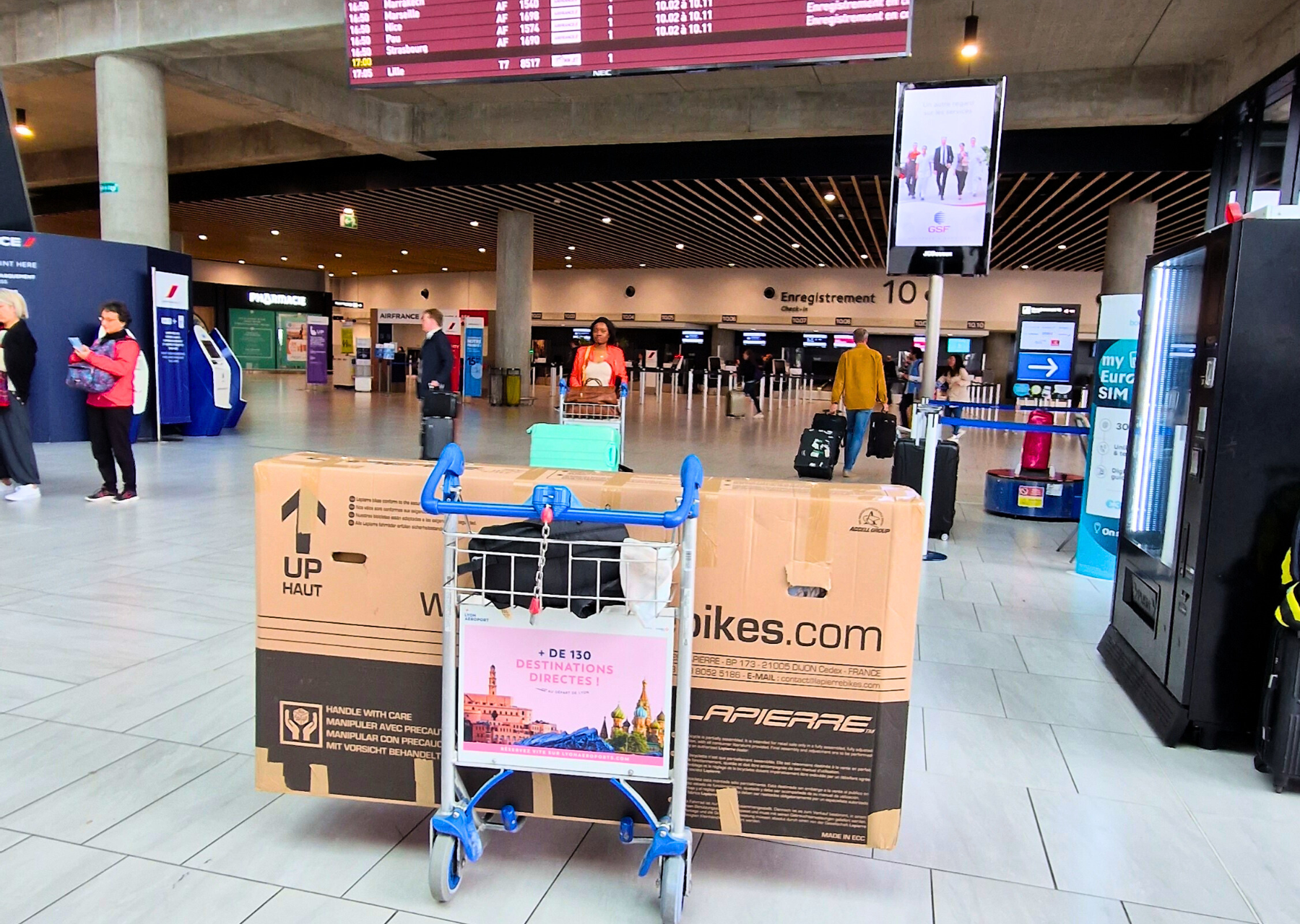
Travelling with your bike can open up all sorts of incredible adventures… but packing your precious steed up for travel can seem a bit overwhelming if you haven’t done it before. So we’ve put together a handy guide for you, with some vital tips and advice on how to avoid any nasty surprises at your destination, leaving you free to make the most of riding wherever you’ve been lucky enough to travel to!
1.Understand the airlines rules
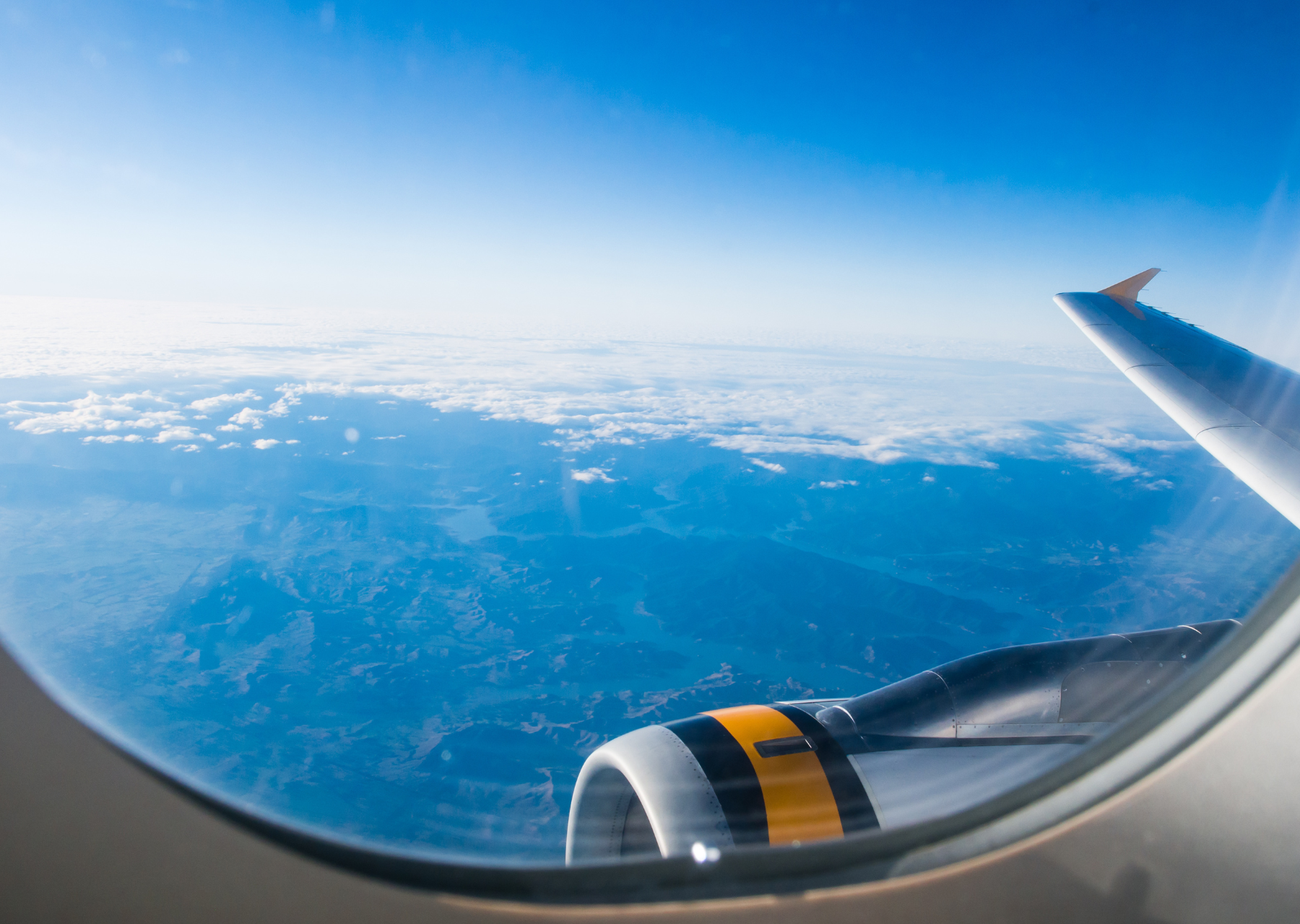
Regular bikes
Easier said than done at times as each airline has different rules, but taking the time to understand each one is vital for a stress free journey.
Extra charges - Some airlines will allow you to take your bike as checked baggage, while others apply a fixed charge for sports kit, or charge by weight. A bike box or bag can cost between 50-150€ depending on the company.
Size and weight - Check any size restrictions beforehand, which is often quoted as a sum of the height, length and width, and is generally around 300cm. Almost all airlines require your bike to be packed in a box or bag, and you will want it to be as well to give as much protection as possible.
Specific conditions or restrictions - some airlines ask that you deflate your tyres or align your handlebars in a certain way, so check with customer service beforehand if it’s not clear on the website.
E-bikes on planes
It is possible to take your e-bike on the plane, but its the lithium battery the poses the problem. Most airlines only allow batteries up to 100W (or 160W occasionally with special permission). So almost all e-bike batteries which range from 250-750W are too big to be accepted.
There are some (admittedly limited!) options:
Remove the battery - and transport it separately by land, or buy a battery at your destination.
Just take the bike - pack the bike as normal in a box or bag.
Rent a bike at your destination and avoid all the complications!
Ask for more info from the airlines or engage a specialist baggage transport service.
2. A step by step guide to preparing your bike for it’s journey
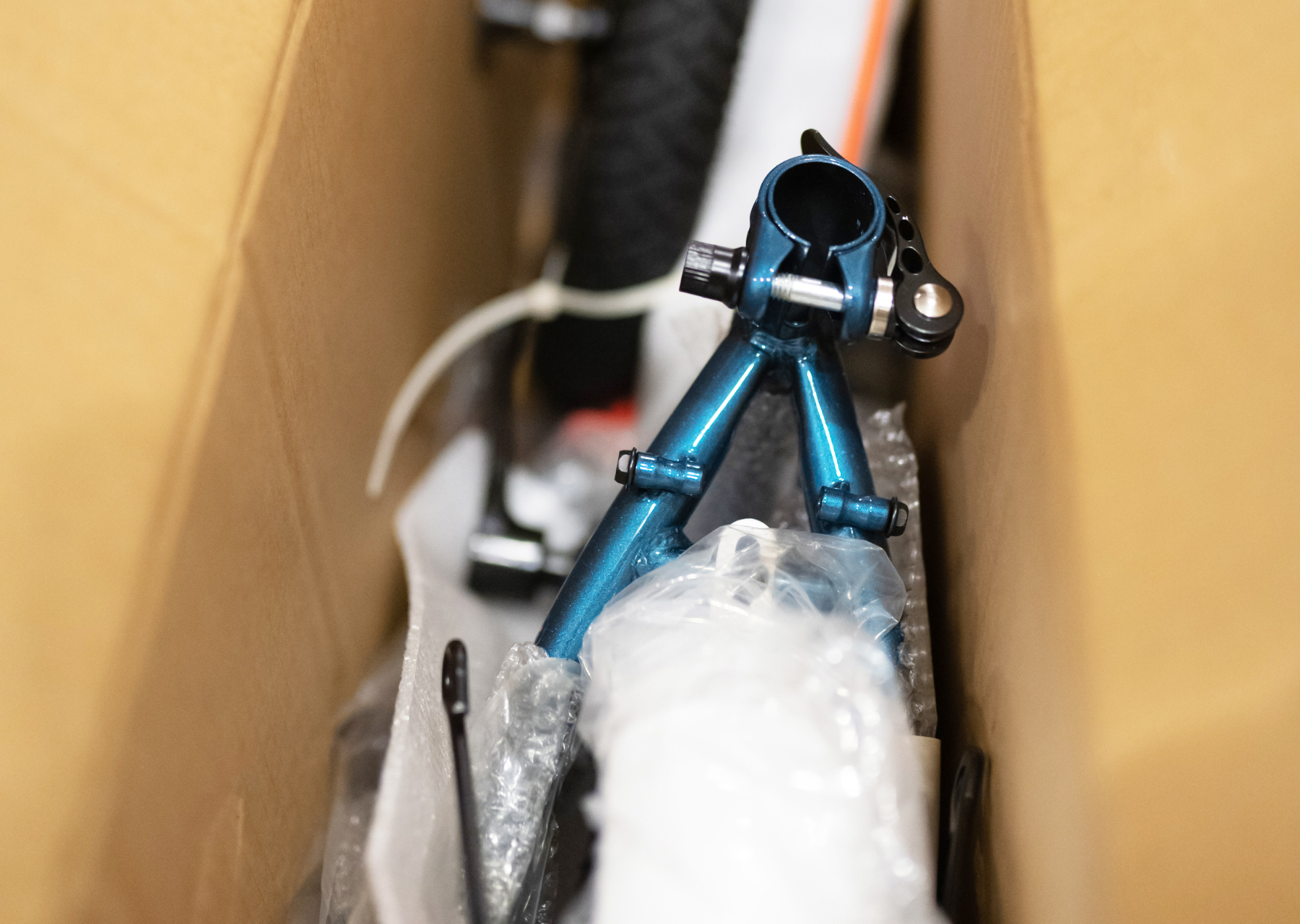
Taking a little time to be methodical in prepping your bike for its journey will reap rewards in the long run, and having a clean bike will make the process MUCH easier! Here’s the key stages to follow:
Wheels - remove both wheels and replace the axles in the frame so you don’t forget them. Protect the exposed wheel hubs.
Handlebars - undo the (normally) 4 bolts holding the handlebars to the stem and stash them in a small plastic bag. Attach the handlebar vertically to the frame taking care not to overly stretch or bend the cables and hoses.
Pedale - remove your pedals with a pedal spanner or large Allen key, being careful of the direction you’ll need to apply force to do this. Clean the grease off each spindle and stash them with your handlebar bolts.
Saddle/seatpost - mark your saddle height exactly on your seat post and then either drop the seat post as low as possible or remove completely (depending o the size of your bike and bag combo), again removing the grease to avoid it getting everywhere.
How to protect fragile parts:
Finally a way to use all that bubble wrap you’ve been saving! Wrap your rear derailleur carefully in plenty of soft padding to best protect it, as well as the front fork and frame. A cheap yoga mat cut up is also really handy for this.

3. Choose what to pack your bike into
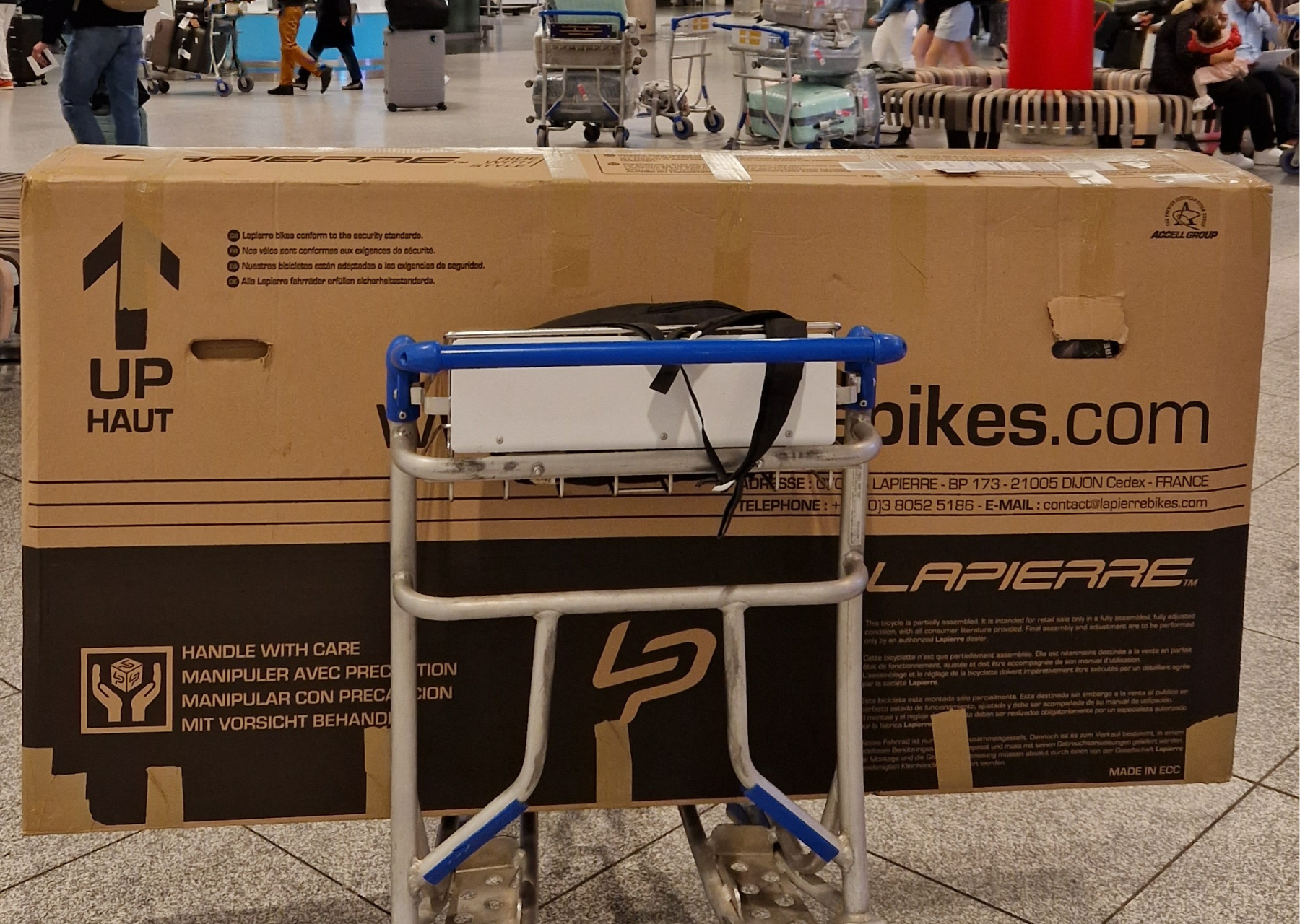
Invest in a good bike bag or solid bike box, or alternatively if you won’t have anywhere to store your bag at your destination go to your local bike shop and ask them for a cardboard box (which you can then reinforce.) Don’t forget to add your contact details to whichever container you’ve chosen, and FRAGILE!
Soft bike bag
Pros - light, inexpensive and packable for storage at home and your destination.
Cons - less protection for your precious bike, so better for sturdy bikes and/or short journeys.
Cardboard box
Pros - inexpensive, indeed often free from your local bike shop!
Cons - less durable, more complicated to pack with more need to spend time protecting your bike well.
Solid bike box
Pros - the ultimate protection, so ideal for higher end bike and more frequent journeys.
Cons - expensive and bulky to transport and store when not in use.
4. Getting to and from the airport
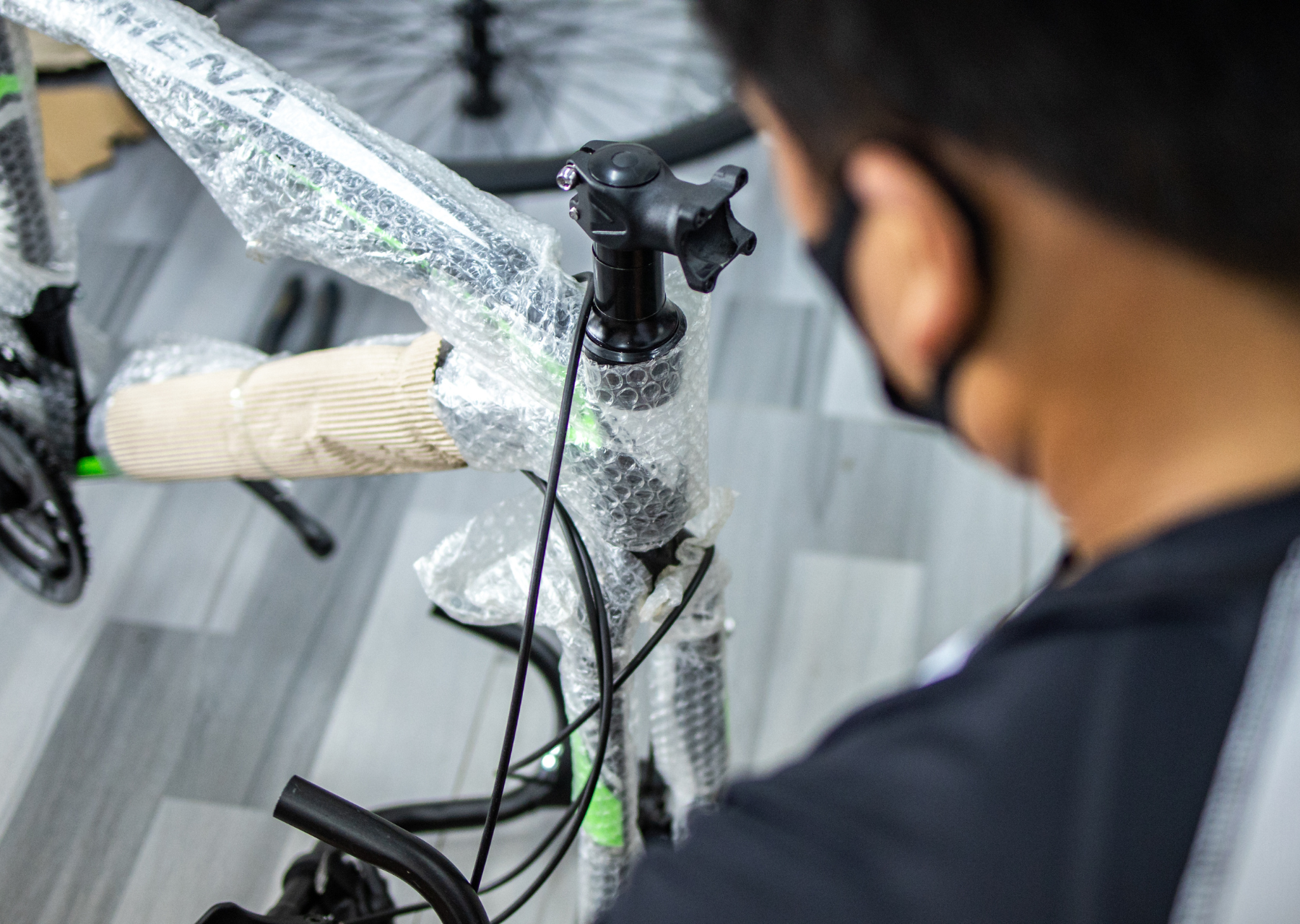
Beforehand
Weigh your bike once it’s packed up to check it meets the airlines requirements.
Give yourself A LOT of time to both get to and around the airport until you have waved your bike off at check in. Bear in mind you may need to take your bike to the oversized baggage belt which can often be a long way from check in desks, so think about using a trolley.
During
Keep any spares and your repair kit with you to stop it getting lost or jumbled around with your bike. Make sure that it can go through security though, as gas canisters aren’t allowed on flight even in the hold.
On arrival
When your bike arrives at baggage reclaim check it thoroughly for any obvious damage.
Carefully open up the bag/box, again checking for any damage and making sure no small pieces fall out.
Re-assemble all the parts with your tools in reverse to what you did at home, thanking yourself for being methodical!
5. Gravel specific advice
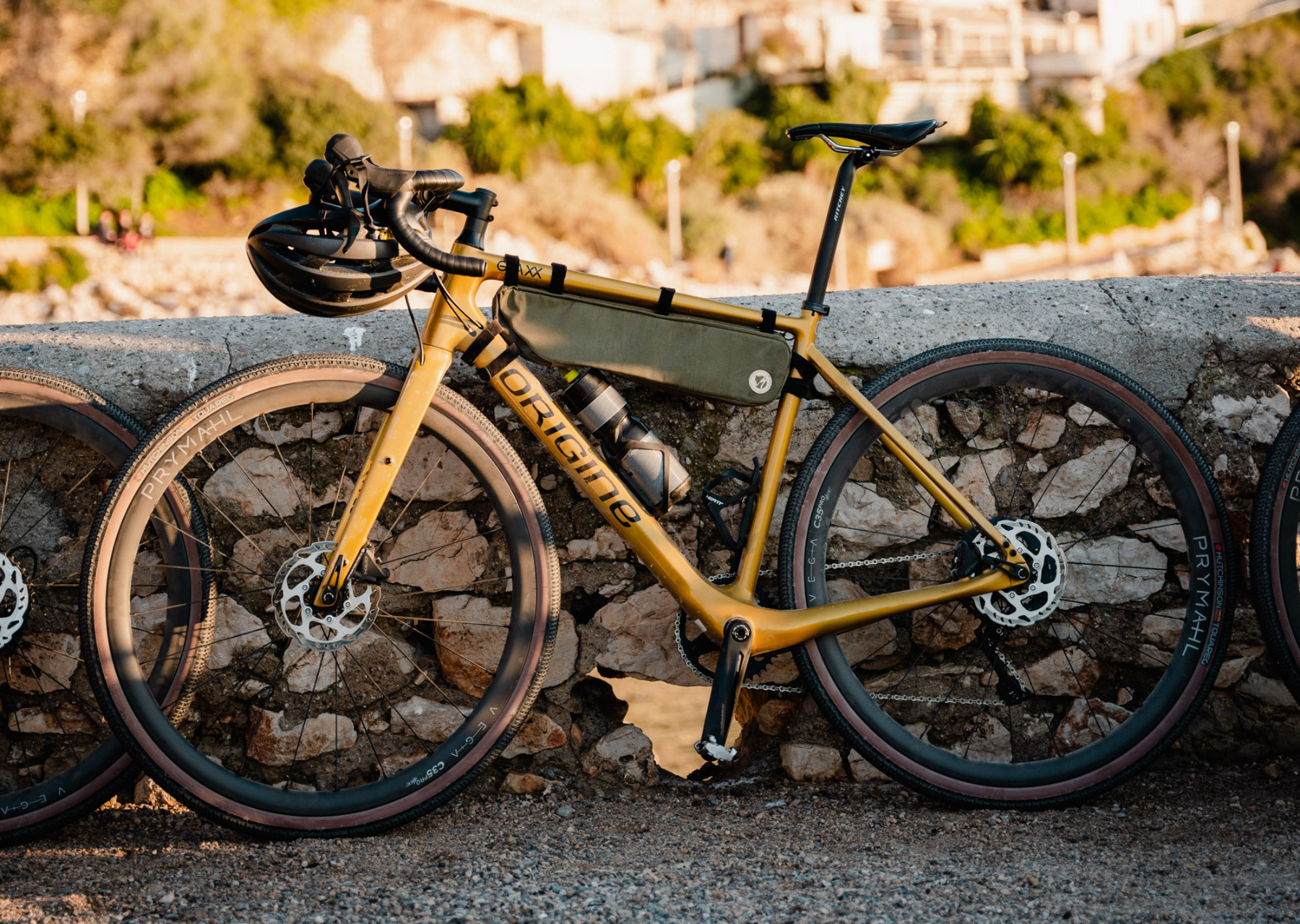
Travelling with your gravel bike needs just a few extra checks before you ride off on an adventure at your destination:
Tyres - check your pressures after the journey, especially if you deflated them!
Accessories - take your bike computer etc with you in carry on and anything else you don’t want to get damaged. You can use your panniers and bike bottles etc to help protect you r bike in its bag or box if needed.
Don’t forget to re-attach your spares and tools to your bike before setting off into the sunset!
Ready to put all that into practice?!
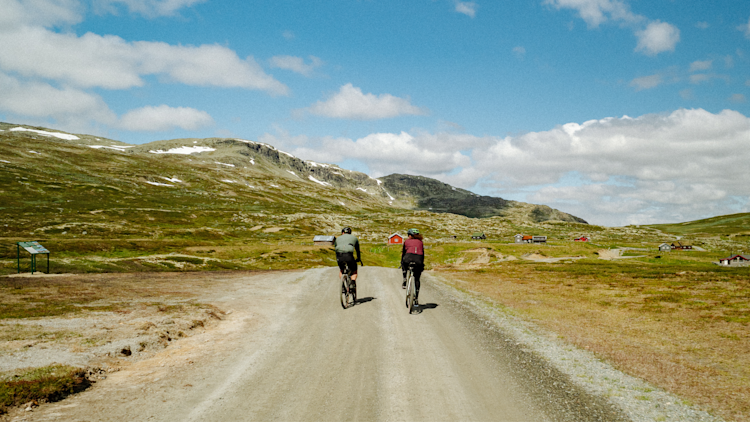
Then come join us on one of our unforgettable European adventures.
And if you’d rather travel by train we’ve got all the advice you’ll need for your journey in our Train Travel article here.
So what are you waiting for - Explore our destinations now!


